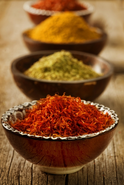
Of course these spices were not always readily available to us, so how did they become common household condiments?
The Spice Trade
Over the years the consumption of spices has evolved; originally used for preservation and medicinal purposes, they now add flavour to some of the worlds tastiest dishes.
By 2000 BC spices such as cinnamon and pepper had made their way from China and India to the Middle East. Maritime trade routes were established and initially dominated by the Arabs. Then a Portuguese nobleman and former member of the navy, Vasco Da Gama, began his quest to find the best trade routes in and out of the Indian ports. On May 1497, Da Gama and his fleet arrived in Calcuit, India's main outlet for Kerala's large pepper crop. There, merchants from Indonesian Spice Islands came to trade with Arab merchants from the Red Sea and Persian Gulf. By 1511 the Portuguese had taken total control of the spice trade, with black pepper being the main product brought back to Lisbon. Boasting a value equal to that of gold, a sack of these tiny black beads were said to be worth a mans life.
The popularity of spices grew amongst the middle class, as the Portuguese, Spanish, English and Dutch all fought to rule the industry. The Dutch began to supply ships and crews to the Portuguese, thus gaining control of the spice trade by the end of the 16th century.
As well s pepper and cinnamon, the spice trade introduced Europe to a range of many pungent, aromatic, exotic and exciting flavours, serving their versatility to many dishes we know and love today;
- Allspice - Flavours of cloves, nutmeg, pepper and cinnamon, known to be used for preserving and pickling in French and Caribbean cuisine.
- Anise - Popular in German, Italian, Portuguese and Indian cooking, this spice has a bitter-sweet, strong and fruity flavour with a hint of liquorice.
- Caraway Seeds - A warm, nutty flavour with a hint of liquorice. The Ancient Egyptians, Greeks and Romans used caraway seeds in love potions.
- Cardamom - a member of the ginger family, this small green pod is sweet on the palate and has a cooling effect on the body. The green cardamom is used extensively in India, Germany and Scandinavia and used in desserts throughout Africa, Portugal, Spain, Holland, Britain and France.
- Clove - One of the most prized and ancient spices of the Orient. The dried flower bud of clove is a member of the myrtle family and considered the most flavoured bud of all. The clove is now produced in Zanzibar, the West Indies and Madagascar. It has powerful intoxicating flavour that is slightly astringent and sweetly pungent.
- Nigella Seeds - native to the Mediterranean region and otherwise known as 'love-in-a-mist' nigella seeds are a familiar ingredient in Persian and Indian cooking and are added to breads, salads, rice and pilaffs.
- Nutmeg - this aromatic, sweet spice has an established role in some of Europe's classic cuisines and also appears in the food of Indonesia, India and the Caribbean. It is said that nutmeg was also used in Europe for its intoxicating, soothing ad hypnotic properties.
- Saffron - each autumn as single purple crocus flower yields three orange red stigmas, which are picked laboriously by hand and then dried to make saffron. It takes roughly 20,000 stigmas to make just 125 grams of saffron, hence the luxury price tag. Thought to have originated in the ancient civilisations of the Easter Mediterranean, the cultivation of this beautiful spice now takes place widely throughout Spain, Turkey, India and Iran, and can be found in dishes such as; Italian risotto, Iranian saffron rice, Indian pilaf and kulfi, plus numerous breads, pastries and cakes throughout the world.
- Vanilla bean - vanilla beans grow in the pods of freshly, tropical orchid native to Mexico and Central America. Highly fragrant seeds, along with the pod, offer an exotic and intense characteristic to food. There are three types of bean available: the Madagascan, a thin but sweet and rich pod; the thick, dark and aromatic Tahitian; and the scarce Mexican which is smooth and rich.
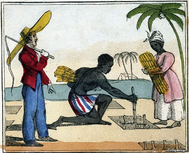
Many of the spices used today began their life in Asia and have later been cultivated in tropical climates such as Africa and the Caribbean. These spices include; black pepper, cinnamon, nutmeg and cloves. Another spice indigenous to the Caribbean and exclusive to the western hemisphere is allspice, also known as pimento, named the former due to a combination of its beautiful aromas of other spices and the latter because the Spanish mistook the spice in its natural form for peppercorn. In the past it was used by the Mayans of South America to flavour chocolate and by the native West Indians, The Arawaks, to cure meat.
Soon after the discovery of the New World, attempts were made to introduce this new spice to Europe, but the Europeans were still preoccupied with the new arrival of tea and coffee. In England however, it was a hit and became known as 'English Spice'. It was to be used as an ingredient in some cakes, fruit pies, puddings, ice cream and pumpkin pies, just as it was in the cakes and pastries of the West Indies.
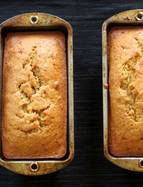
To celebrate our use of spices, click on the link below for one of our favourite recipes, Grenada Spice Cake. This cake embodies flavours of nutmeg, ground cinnamon and best of all, allspice.
Recipe - http://www.food.com/recipe/grenada-spice-cake-137549
http://epicworldhistory.blogspot.co.uk/2012/04/sugarcane-plantations-in-americas.html
http://www.cochinspices.com/spice_journey.php
http://www.thespicehouse.com/spices-by-category/baking-spices
http://www.silkroutes.net/SilkSpiceIncenseRoutes.htm
http://www.streetdirectory.com/food_editorials/cuisines/international_
cuisine/culinary_traditions_of_the_caribbean_islands.html
http://www.thespicehouse.com/spices-by-cuisine/caribbean-spices-and-seasonings
http://www.agricarib.org/primary-dropdown/other-condiments-and-spices
http://theepicentre.com/spice/allspice-2/
Manfield, C. 2005, Spice. Australia: Penguin Group
O Shea, J. 2011, Spices. London: Quadrille Publishing Limited
Images sourced from:
www.pinterest.com
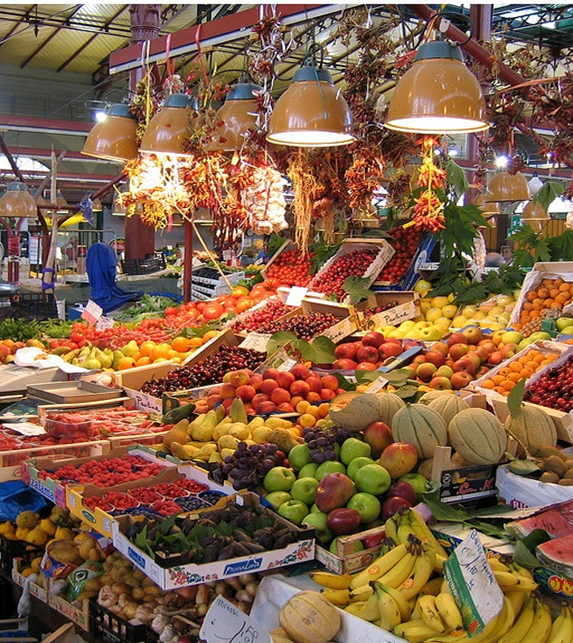
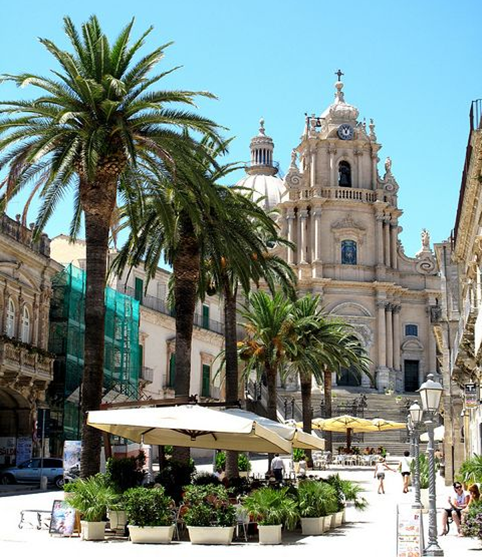
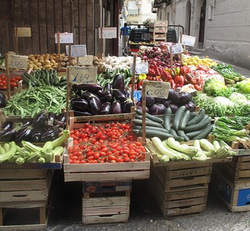
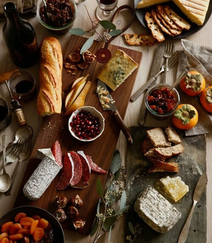
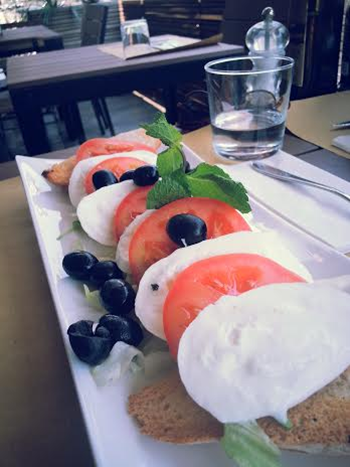
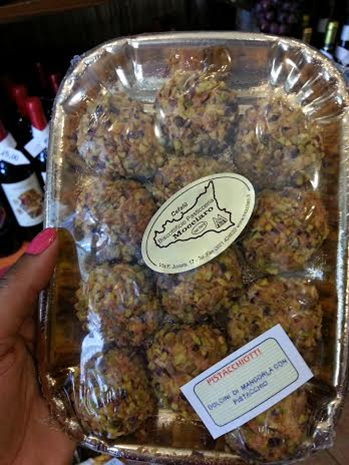

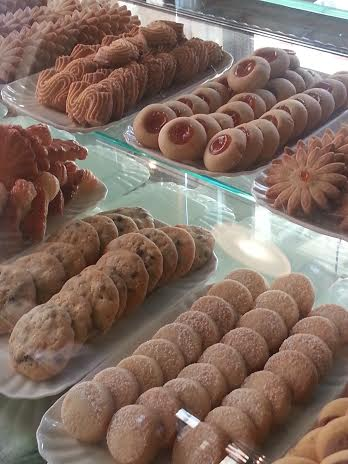
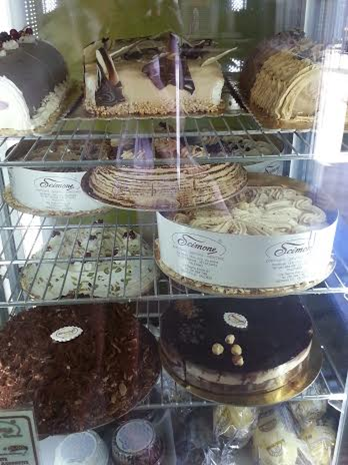
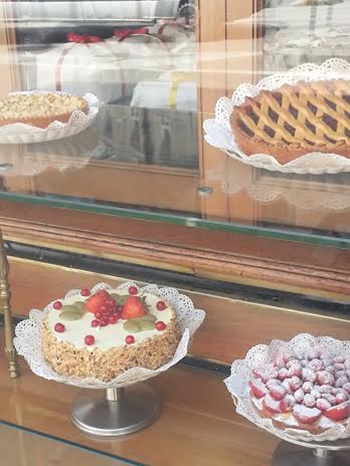
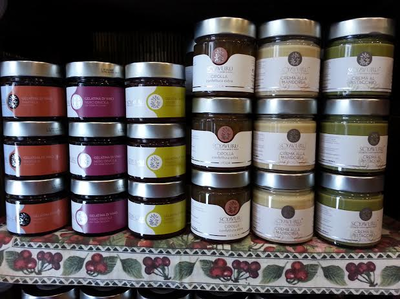
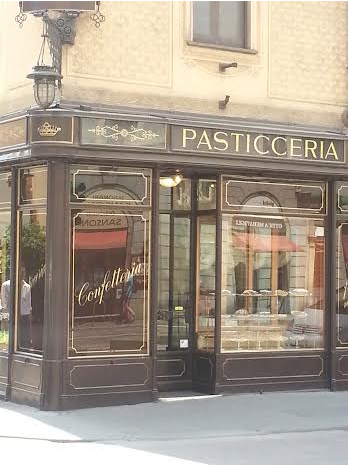
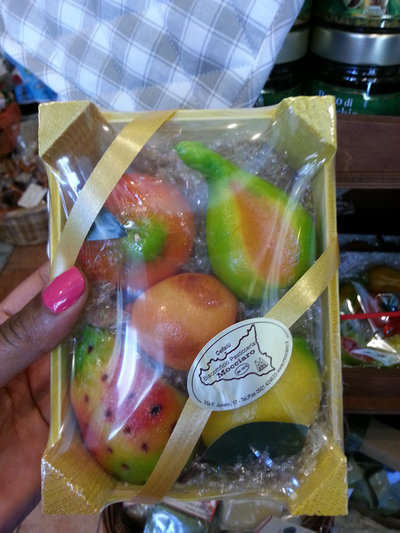

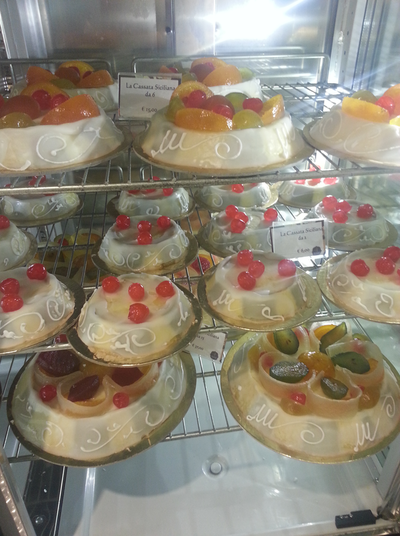
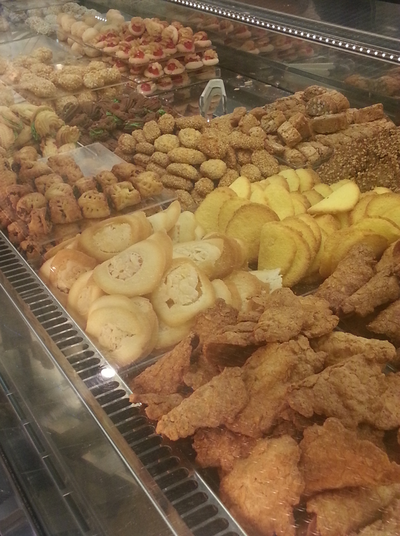
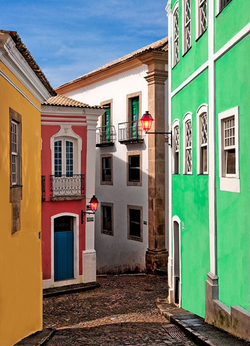


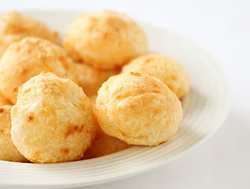
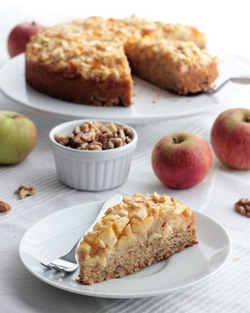

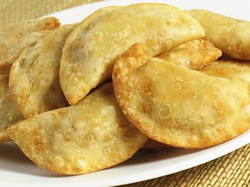
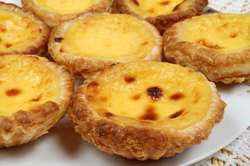
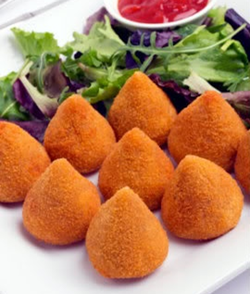


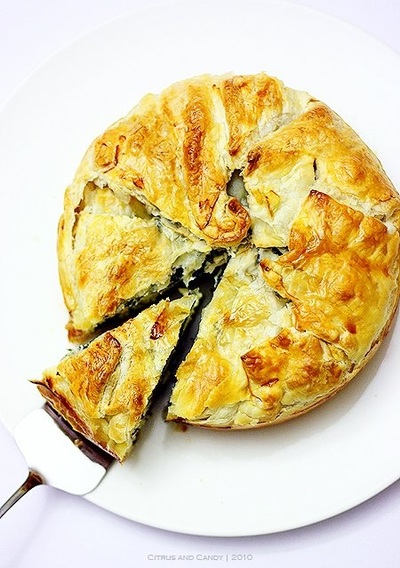
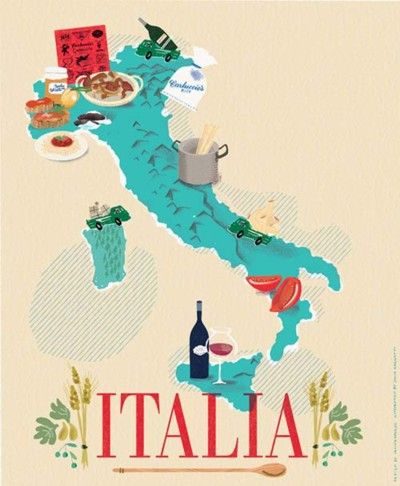
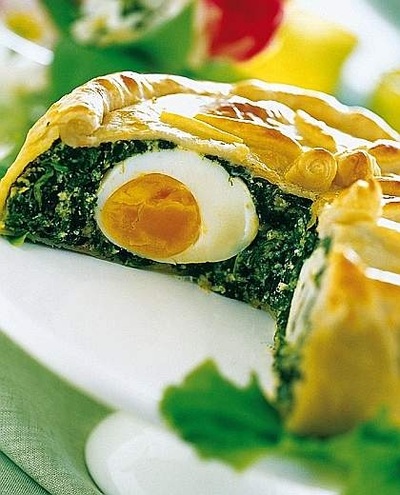


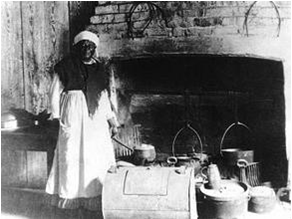
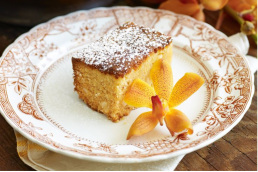
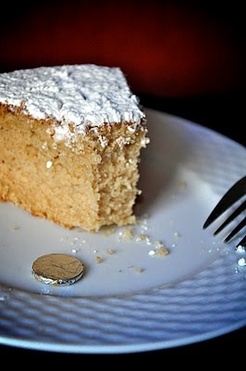
 RSS Feed
RSS Feed
